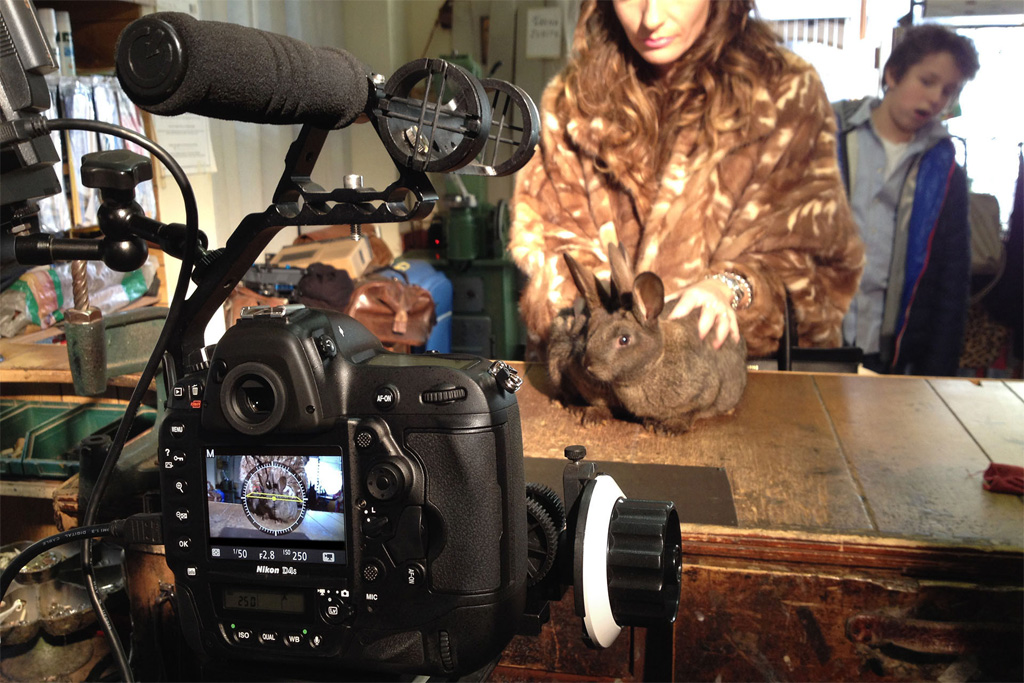

Tilt-shift lenses can become rather mundane without a shift.

What do you want that to be? Step #2 – Shift it Most of the time, with tilt-shift, you gotta pick one thing to tell your story. Do you want the viewer to zoom in to the subject’s eyes or perhaps your shot is about the flow of her dress or how he’s placed his hand. You need to know exactly what story you want to tell.
#Tiltshift band manual#
So how do you use this lens to take an interesting portrait? Here is a step by step guide: Step #1 – Visualize itīecause of the precision and manual focus, you need to visualize your shot before you take it. Tilting is when the front lens elements literally tilt (again, up or down, left or right) to get selective focus in a given plane.

This can minimize distortion especially with wider focal lengths. Shifting implies that the lens actually shifts its position (and the view through it) either up or down, left or right.

The tilt-shift is a specialty lens that allows the photographer to bend and distort light by tilting and/or shifting the lens itself. Note: if you do not own a tilt-shift lens, look into renting one from a local camera store. That said, when you do nail the focus, the subject jumps out of the frame surrounded by bokeh. When the focus is even just a little bit off, you lose the ability to the guide the viewer. This means that if I want the eyes in focus, I have to slow down, concentrate, play with my focus ring and maybe take a few shots just in case. This means that my focus point is tiny and the chances of me missing it are huge. Most of my tilt-shift portraits are taken wide-open (using the largest aperture setting) with the lenses shifted as far as possible. Tilt-shift portraits = high risk, high reward In my view, it’s a portrait that can be a truer representation to how a moment actually felt. This allows the viewer to be swept into your alternative realty. Tilt-shift portraiture however, involves carefully selecting focus and letting anything that isn’t the subject of your photo fade into obscurity. You’ve also probably seen the miniaturized versions of city streets shot from above where even a city as grand as New York can seem positively dainty. Tilt-shift lenses are most commonly used for architectural purposes, meant to fix converging verticals when shooting tall buildings in order to reduce distortion in the final photo. Life can be a blur and feel so good. For me, that’s where tilt-shift portraits come in.
#Tiltshift band series#
Most likely, your memories aren’t clear, linear progressions, but rather a series of moments, blurred together by a high-dose cocktail of dopamine and romance. At their best, photos can evoke the feel of a moment without being an exact representation of it. Photography gives you an awesome opportunity to present to the world your vision of it rather than its absolute reality.


 0 kommentar(er)
0 kommentar(er)
